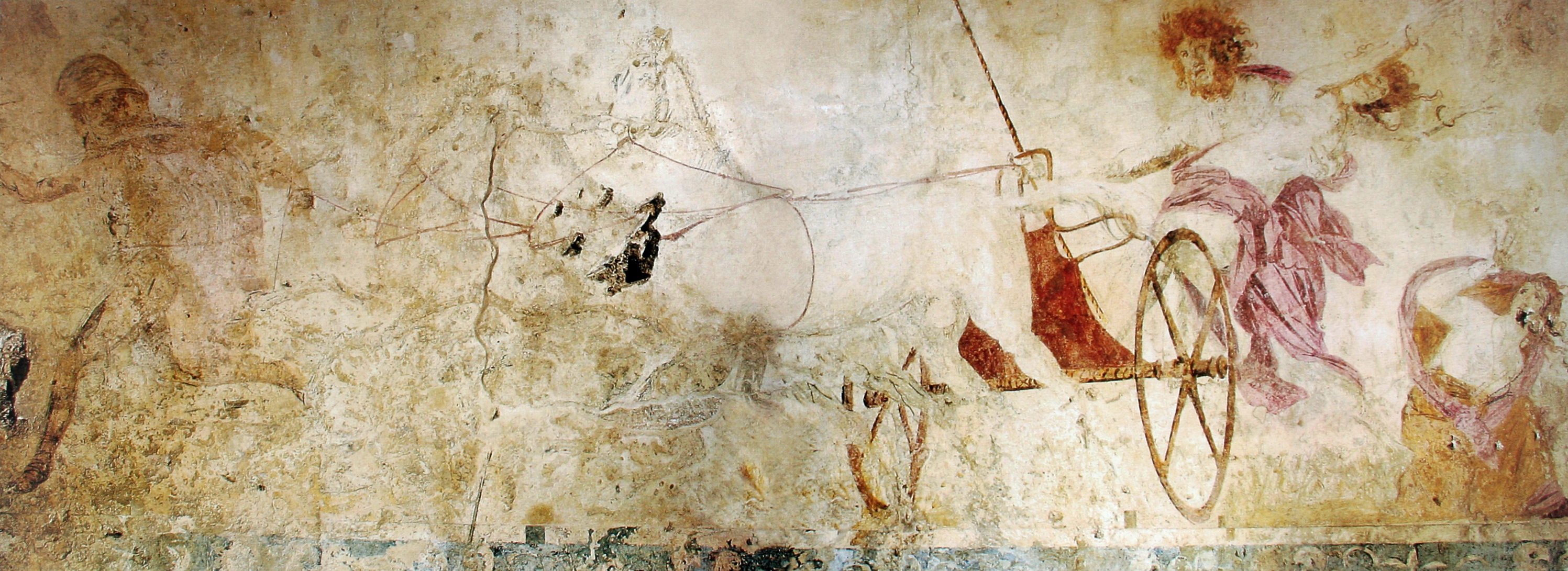Now that you are familiar with the story, we can discuss how and more importantly why Proserpina is shown on sarcophagi. The narrative of the Rape of Persephone deals with many issues relating to rape in Antiquity, death of youths, and the perception of the role of women in Greco-Roman society1. All of these are expressed in the rather short myth and all of these contribute to what makes this narrative such a well known story. While the story remains relatively static through each oral variation, the narrative skeleton has been fairly consistent through each iteration. This is evident in the similarities of sarcophagi that have vastly different dates. One such example, the clearest in my opinion, is the “Rape of Persephone Sarcophagus” in the Casino Rospigliosi, Rome.

I believe, partially at least, that this subject exists in the physical form of sarcophagi most often because the myth is so well known. Every Roman, even the most irreverent was familiar with this narrative because it is so vital to understanding the way the mythos was constructed. However, its fame is not enough to set this myth in stone. The main reason this myth works so well for sarcophagi is its themes.
First of all, we must think about the relationship between the death of a person who may be a patron of such a sarcophagi and the symbols of death in this narrative. Proserpina didn’t die because she is immortal but she still underwent the traumatizing experience of descending into the land of the dead while still alive2. Not to mention, as she was being dragged down to the Underworld, Pluto was raping her. This fresco, although not entirely of stone, shows this scene in a continuous frieze. The fresco medium is uncommon for depictions of Persephone but when they do appear, they are impactful and express through form and color the sentiment of the scene.

The idea of this image is horrifying to any viewer and evokes a sorrow and a pity from them. This is likely how the Romans were expected to see Proserpina, as someone to pity. Her sudden, unexpected descent into the Underworld is parallel to the abrupt death of a youth. Not coincidentally, this is the type of individual for whom this sarcophagus would have been created. When a family is mourning the loss of a young son or daughter, they are reminded of the suffering not only of Proserpina3 but the utter despair of Ceres who was justified in her rage and disorientation.